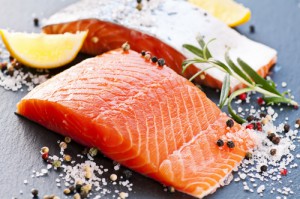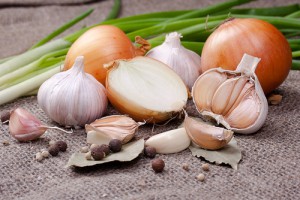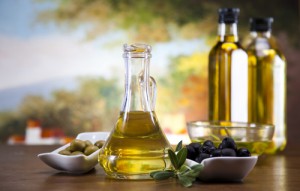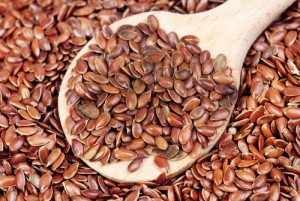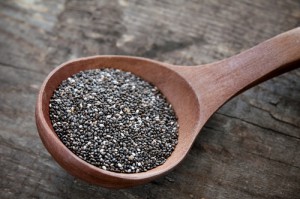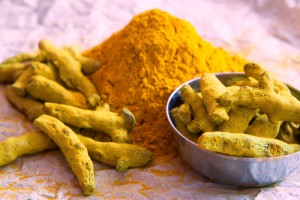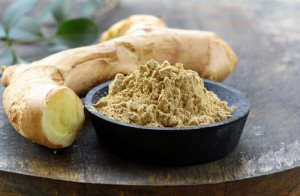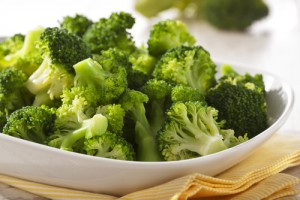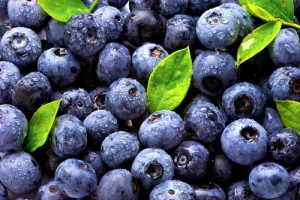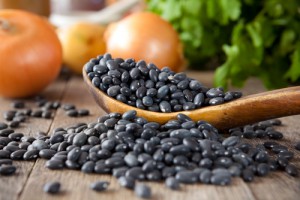“Let food be thy medicine”, Hippocrates.
It has been proven beyond shadow of a doubt that the foods we eat can strongly influence our health and play key roles in either raising or lowering the risk of disease.
Simple, effective, low-cost lifestyle changes such as improved diet have been proven as or more effective than drugs and surgery for both prevention and treatment of medical concerns in many people.
When you incorporate a healthy diet, with regular exercise, and proper supplements, you can totally transform the way you look and feel.
Studies also show that a healthy diet, along with other lifestyle approaches, can help ward off a number of chronic, age-related conditions, including heart disease, bones, and joint problems, cognitive decline, and even some types of cancer.
It all begins with a choice; a mindset shift.
You don’t like the way you look? Then make a decision to become the best version of yourself possible, not just for you, but also for those who care about you.
After doing some research, I have found 10 foods that can help you improve health and vitality and may even offer protection against a wide range of conditions, including cardiovascular disease and cancer.
1. Salmon
Rich source of Omega-3 fatty acids. These essential fats help counteract chronic inflammation and have also been shown in studies to protect against cardiovascular disease and provide benefits to support optimal mental health.
Salmon is delicious broiled, backed, poached, or lightly grilled.
Sockeye (red) salmon is particularly good choice because all of it is wild and it has lower concentration of environmental toxins than other species.
2. Garlic and Onions
Garlic and Onions possess allicin, which is responsible for many health benefits as well as the pungent scent given off by garlic and onions.
Allicin’s antibacterial and antiviral properties have been shown to help fight infections like colds, flu, stomach viruses, Candida yeast, tuberculosis, botulism, and H. pylori, the bacteria responsible for peptic ulcers. The odor causing elements in onions actually kill a variety of mouth bacteria, especially when consumed raw.
Garlic and Onions are natural substitutes for salt, providing a sodium-free flavor packed with antioxidants benefits. You can use garlic as an effective home remedy for colds. A clove or two a day is recommended for people who suffer from chronic or recurrent infections.
Bad breath? No problem. Chewing some fresh parsley after eating garlic helps minimize the odor.
Garlic and Onions are best eaten raw, as they lose most of their medicinal value when they are cooked or dried.
3. Olive oil
Olive oil contains mostly monounsaturated fat, which lowers LDL (bad) cholesterol.
Olive oil contains a unique anti-inflammatory agent, oleocanthal, found to be as effective as ibuprofen. Olive oil contributes to increasing concentrations of osteocalcin, which contributes to healthy bone formation.
Top quality extra virgin olive oil has a natural peppery finish and a deep aroma of grass and artichoke.
4. Flaxseed
Flaxseed is high in fiber content making it good for digestion. Also, it protects against common conditions such as irritable bowel syndrome, constipation, and diverticulitis, as well as colorectal cancer.
The abundance of lignans in flaxseed have also been linked to a lower risk of breast and prostate cancer and to milder menopausal symptoms.
Sprinkle ground flax on cereals, salads, and cooked vegetables, or mix it in shakes and nut butters to add a sweet, nutty flavor to meals.
2 tablespoons of ground flaxseed has about 4.5 grams of total fiber, 3 grams of omega-3s, 3 grams of protein, 5 grams of fat, and less than 6 grams of carbs, and about 80 calories.
5. Chia
Chia is very rich in precursors of omega-3 fatty acids, even more so than flaxseed. And it has another advantage over flax: Chia is so rich in antioxidants that the seeds don’t deteriorate and can be stored for long periods without becoming rancid.
Insects don’t like the chia plant, so it’s easier to find organically grown varieties.
You can mix seeds in water and add lime of lemon juice and sugar to make a drink known in Central America as “chia fresca”.
You can sprinkle ground or whole chia seeds on cereal, yogurt, salads, or grind them and mix them with flour when making muffins or other baked goods.
6. Turmeric
Turmeric is a culinary spice that spans several cultures. It is a major ingredient in Indian curries, and gives American mustard its yellow tone.
In a review of 700 studies, respected ethnobotanist James A. Duke, PhD, concluded that turmeric appears to outperform many pharmaceuticals in its effect against several chronic, debilitating diseases.
Turmeric contains a number of constituents that block the formation of beta-amyloid, the substance responsible for the plaques that slowly obstruct cerebral function in Alzheimer’s disease.
You can add turmeric to curries and sti-fries. Also, you can try turmeric tea, a staple from Okinawa, the island nation with the world’s longest average life span.
To make turmeric tea at home, bring 4 cups of water to a boil then add one teaspoon of ground turmeric and reduce to a simmer for 10 minutes. Strain the tea through a fine sieve into a cup, and add honey and/or lemon to taste.
7. Ginger
Ginger not only adds zing to meals but has a number of remarkable medicinal properties as well. Clinical studies suggest that the spice may help reduce nausea and vomiting related to surgery, morning sickness, and motion sickness. Ginger also acts as a natural anti-inflammatory that’s worth considering for conditions like arthritis, as well as for sore throats and congestion.
8. Broccoli
Broccoli is high in vitamin C, carotenoids (including lutein), and fiber, as well as several nutrients that appear to have anti-cancer and immune-boosting properties. Among these are sulforaphane and indole-3-carbinol (I3C), a substance that has been shown to block the growth of cancer cells.
People who eat a lot of broccoli have lower rates of cancer than those who don’t. Regular consumption of broccoli has also been linked to a decreased risk of cardiovascular disease and reduce incidence of aggressive prostate cancer.
The best way to cook broccoli is to steam or stir-fry, otherwise, it loses beneficial compounds by 30% after only 5 minutes of cooking.
9. Blueberries
Half a cup of blueberries is equivalent to the antioxidant power of 5 servings of peas, carrots, apples, squash, or broccoli.
Anthocyanins, the pigments that make blueberries blue, are responsible for their antioxidant properties. Blueberries are also good source of fiber; you’ll get about 3 grams in one half-cup serving.
Like cranberries, blueberries may help protect against urinary-tract infections because they contain substances that prevent bacteria from adhering to bladder walls.
Fresh, frozen, and dried blueberries are all equally beneficial, and heating or cooking blueberries won’t affect the amount or quality of antioxidants they contain; in fact, cooked blueberries may provide a higher content of beneficial phytonutrients.
10. Black Beans
Beans are great sources of protein, potassium, magnesium, copper, iron, and zinc, plus they have the highest antioxidant levels of all legumes, thanks to their content of anthocyanins, which give their dark tone.
Beneath their skin, black beans have a light, cream-colored flesh with an earthy, almost mushroom-like flavor that complements both Latin American and Caribbean cuisine.
When shopping for black beans, always look for dried organic black beans which give you more control over sodium and allow you to cook them in ways that minimize digestive issues.
Soak dried beans overnight in water, then drain and replace the liquid with fresh water for cooking. Remember, one of the best strategies to achieve and maintain vibrant health is to follow a diet that incorporates fresh whole foods.
What other organic non-processed foods do you know that offer optimal health benefits?
Image Credit: Shutterstock.com

